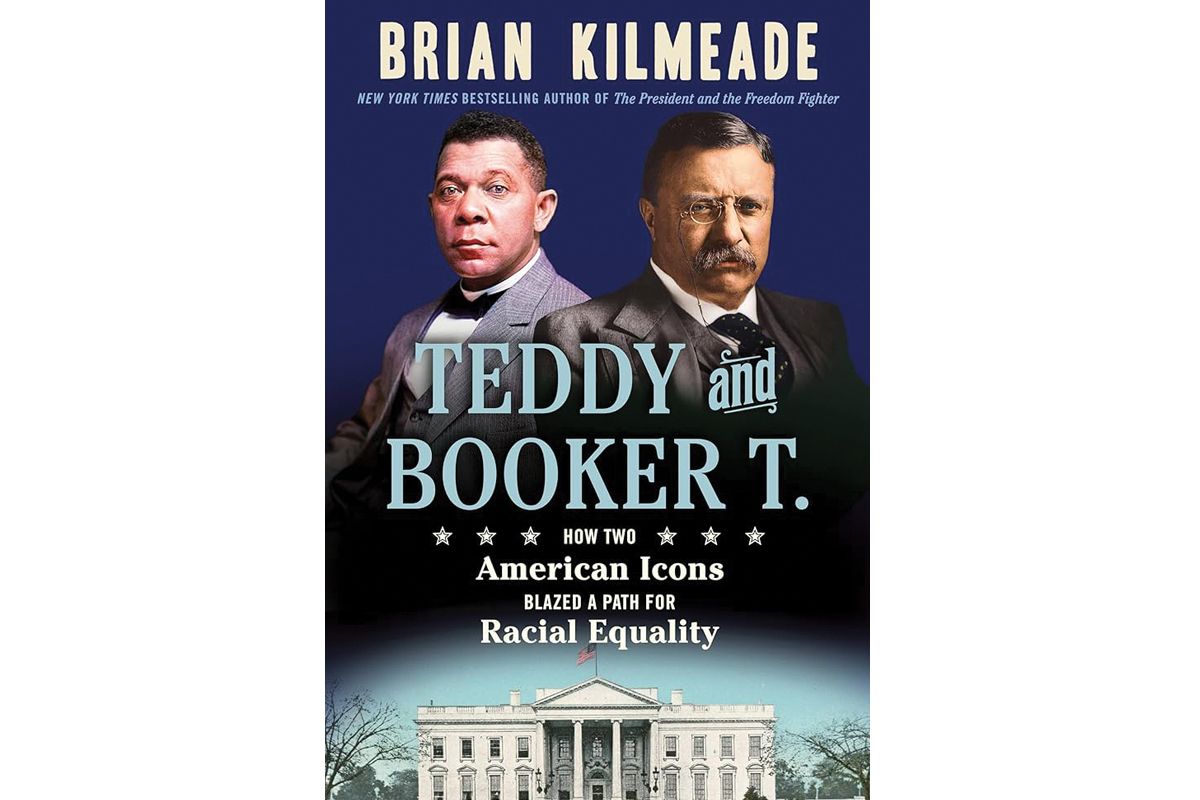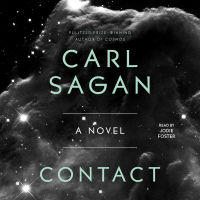Parallel lives of two men makes great history

That many Americans today suffer a disconnect from their past is beyond argument. Some of us have seen those man-in-the-street encounters where a reporter will ask questions of pedestrians — “What event do we celebrate on the Fourth of July?” or “Name the countries America was fighting during the Second World War” — only to be met with embarrassed shrugs or a blank stare.
The 2022 National Assessment of Educational Progress, also known as “The Nation’s Report Card, gives us hard evidence of this ignorance. It reveals that U.S. history scores for eighth-graders had once again declined, with 40% of students falling below the NAEP Basic level, which indicates only partial knowledge of a subject to perform at grade level. Only 13% of students made it into the proficient category.
This unfamiliarity with our nation’s history has deep roots. Twenty-five years ago, for example, a study of 55 of some of America’s most elite colleges — Duke, Harvard, Princeton, Stanford and others — revealed that they required no course in U.S. history. Moreover, 81% of the seniors from these institutions failed a high school history exam, a showing so dismal and so disturbing that Democrat Sen. Joseph Lieberman and his Republican colleague Slade Gorton introduced a resolution, one with little effect, calling on American colleges and universities to include more American history in their programs of study.
Even when history is taught nowadays, educators and academics often focus on the warts and blemishes of people from the past rather than on their accomplishments. This approach to the past lacks nuance, an inability to look at a Robert E. Lee or an Abraham Lincoln as figures living in an era whose values were poles apart from our own. Some who approach history with these prejudices hope to wipe clean the slate of the past and establish a utopia, forgetting that future generations will be turning a gimlet eye on their own shortcomings and deceits.
Maybe all these folks should follow the advice of the good senators mentioned above and learn some history. A good place to start would be with Brian Kilmeade’s “Teddy and Booker T.: How Two American Icons Blazed a Path for Racial Equality” (Sentinel, 2023, 368 pages).
Here we meet two remarkable Americans, Theodore Roosevelt and Booker T. Washington, who have long occupied a place in my personal pantheon of American heroes. Kilmeade gives us the biographies of these two men in parallel stories. Here we meet Roosevelt as a sickly boy who with the help of his father transformed himself into the vigorous man who worked as a cattle rancher in the Western Badlands, organized and led the Rough Riders in Cuba during the Spanish-American War, and served as a progressive president of the United States who broke up business monopolies and whose foreign policy was guided by the proverb, “Speak softly and carry a big stick.”
Related Items
Roosevelt’s contemporary, Booker T. Washington, was born a slave who lifted himself out of a grinding poverty to get an education at Virginia’s Hampton Institute. From there, he founded and presided over Alabama’s Tuskegee Institute, a Black college raised up in the middle of the Jim Crow South, built largely by the hands of its students. Renowned both in America and in Europe for his diligence and statesmanship, Washington was a vocal advocate for race, responsibility, and liberty.
Kilmeade brings these two men together here because each admired the other and worked together to combat the racial tensions and segregation of their time. In 1901, following the death of President William McKinley after he was shot and mortally wounded by an assassin, Vice President Roosevelt assumed command of the White House. On the day of his swearing in, he sent a brief letter to Booker T. Washington, inviting him to come north “to talk over the question of possible future appointments in the south.”
The two men met soon afterwards, and Roosevelt laid out his plans for those appointments to various offices and judgeships. That meeting and their collaboration might have passed unnoticed had not Roosevelt then invited Washington to the White House for supper. As word got out that a Black man had for the first time dined at the president’s table, reactions across the nation ranged from approval to ugly racist denunciations of the presidents and his actions.
Washington and Roosevelt continued their friendship and often worked together, but the upheaval caused by that White House dinner acted as a brake on any more such intimate time together. Both men were pragmatists, and Washington in particular was often criticized by other Black leaders for his seeming accommodation to racial divides in the South, a criticism still leveled at him by some today.
The last section of “Teddy and Booker T.” is titled “Men of their Time,” and here we see what so many today forget, that we are all products of our time. Some make the horrible mistake of throwing stones at both these men without taking into account the times in which they lived and the obstacles they faced. A nuanced study of history like “Teddy and Booker T.,” of things as they really were as far as we can determine, should replace that condemnation with understanding and with admiration for what they were able to accomplish.
A final note: Anyone from high school students to adults should find pleasure and instruction in this dual biography. They’ll learn bits and pieces about slavery, the American West, the powers of the presidency, and more. If you’re looking to enhance your knowledge of our past and the people who created our present, read “Teddy and Booker T.”
(Jeff Minick reviews books and has written four of his own: two novels, “Amanda Bell” and “Dust On Their Wings,” and two works of nonfiction, “Learning As I Go” and “Movies Make the Man.” This email address is being protected from spambots. You need JavaScript enabled to view it..)

















